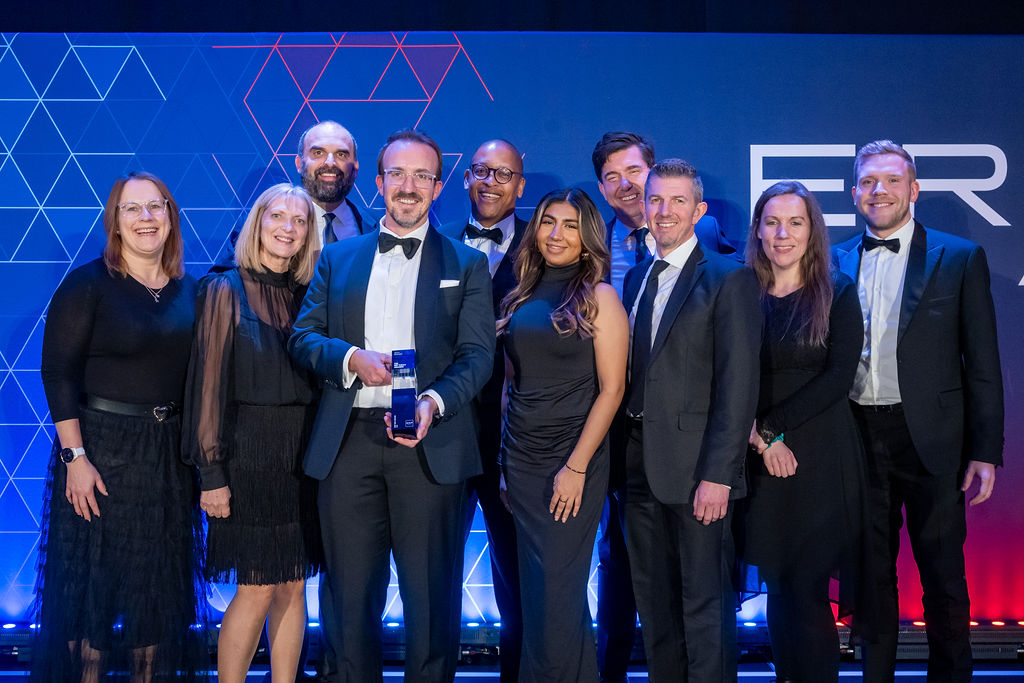Despite the criticality of the UK councils’ work, their lives are not getting any easier. Just this year the Local Government Information Unit (LGIU) annual poll of local authority leaders and top managers has revealed that councils’ struggle to deliver essential services with inadequate funding is even more widespread and desperate, warning that more than half of respondents now face bankruptcy in the next five years if nothing changes.
The necessity to support councils is growing – and technology can become a vital tool in that.
With over 20 years of experience in the public sector, Wendy Popplewell, executive director of core services at Barnsley Council, knows a thing or two about the importance of involving the public sector in technology. Being the advocate for digital transformation, Popplewell convinced the organization to become one of the first councils to roll out Copilot for Microsoft 365 at scale across finance, HR, legal and other divisions.
ERP Today sat down with the executive director to discuss why innovation is crucial for the public sector’s success, how Copilot is already transforming all the council’s operations and what the rest of the public sector could learn from Barnsley’s ambitions.
Ekaterina Dudakova (ED): Could you share why you decided to integrate AI across your programs and apps?

Wendy Popplewell (WP): The main thing is, this is a broad challenge [considering] resources in local government. It’s [reported] everywhere that local councils are really struggling with budgets they have. At Barnsley, we’re providing the same services we did 14 years ago with half the budget, half the resources, half the people and that’s tough. We’re tight on money and [at the same time], we’re trying to make sure that we get the best bang for the buck from resources that we’ve got. However, we’ve also got a workforce that is quite tired. We talk about innovation and being brave, and I want people to be able to do that. But to do that, they’ve got to have a little bit of breathing space. Hopefully, just lifting some of that administrative burden from them would then give them the space to think about their roles. You know, how could we do better? How can we deliver for our residents better? [That’s why] we decided to go with it.
ED: Did you face any challenges during the implementation of Copilot for Microsoft 365? How did your workforce find the process?
WP: Last year, our brilliant IT Director, Dave, said: “We’ve got the opportunity to have 100 licenses. Do you want to do it?” And I said: “Yeah, absolutely! Let’s give it a try.” We rolled it out to people on a first come first served [basis] and they started to use it.
So we gave everybody a license and naturally, some people are the keen early adopters that are going to learn how to use it and immediately see the benefits. But the main challenge was the people that just said: “I don’t have time”. Because this is just another thing that you were given and will now have to train how to use it. They were opted into something that they hadn’t volunteered for because everybody was automatically enrolled in it. So definitely those kinds of challenges.
And I get it, you know. So [I’ve been] trying to turn that way of thinking into [an understanding of] “look, this is to help you”. You don’t need training on it. You just need to use it. And we’ve got a Teams channel where people share prompts and tips. It’s kind of a supportive community on the channel, which has been super helpful. So we’ve got past challenges and I expect that everybody will use it, but people will use it to a greater or lesser extent, and that’s fine.
ED: After you deployed Copilot, was it something that you expected it to be? Or did you discover anything new?
WP: We’ve discovered loads of things. There’s some really great stuff [in it], like when you dread to come back from leave and your inbox is full – the Copilot will do a summary and [create] a table of the emails you need to look at today: this is your priority, these don’t matter. It’s a massive relief for the organization.
And then there’s just summarizing: the organization spends a lot of time reading posts, documents and various things like bidding for funding. So [there is] that first draft where we sit and stare at a blank page for a couple of hours and think: “What do I need to write here?” Copilot just [does] that first draft for you and that’s game-changing. We also have social workers who spend a huge amount of time writing minutes [and] if [Copilot] saves them a few hours a week, absolutely brilliant.
ED: Could you share how the organizations’ specific processes have transformed since Copilot?
WP: What we’re looking for is to use it across the organization and see where it works. Now in, [for example], HR, there are various possibilities. Sometimes there are questions that you have to go to your HR business partner to ask or you trawl through the internet. [With Copilot], there are simple [prompts that you can type] and you’ve got the answer. So, what I’m aiming for is to have our very experienced and qualified HR professionals to be focused on the complex stuff in the organization, rather than the quick back-and-forth questions. Copilot will allow us to do that. And that’s incredible because it means that they’ve got much more time to [focus on] that, while the easy stuff is done automatically.
ED: The council has shared that Copilot has proved to be especially helpful in social care. Could you share a bit more about that?
WP: I think we spend about 60 percent of our budget on social care, and this will be similar for most councils. Undeniably, these are some of the toughest jobs in the public sector. And those social workers want to be able to focus on the vulnerable children and vulnerable adults in front of them. They shouldn’t be worried about enormous amounts of admin or writing reports, although that’s a massive part of the job. The fact that these are represented accurately is absolutely essential to make sure that we get the right outcome. But they want to be looking at the [person] in front of them.
It’s about talking to somebody and, instead of having your head in a notebook or a laptop, [you can] look at the person and understand them. Does everything seem alright? Is the body language okay? How does everything look in the house? Do you know who else is in the house? What are they like, what are they doing? [It’s about] allowing these professionals to be able to then exercise that judgment that gets a really good outcome, rather than spending [time] thinking: “I’ve got five hours of admin to do”. We also want to make sure that if we use something like Copilot, we have consent and that the person is capable of giving [it], too. When you’re dealing with vulnerable people, do they understand [what] Copilot even [is]? We need to think about that as well. All of these things come together and I think they are incredibly important.
ED: Could you share a bit more about your ambitions in terms of AI for Barnsley 2030?
WP: Barnsley 2030 is about having a really thriving and resilient community. Digital transformation is just a massive part of that. The council is one of the biggest employers in the borough. If we’re embracing that technology, it means that people are using it and if they go on to do bigger and better things from there because they’ve had the opportunity to use it, then that’s great. It levels the playing field somewhat as well. Jobs that people thought they might never be able to do suddenly become available. If we’ve got a council that uses its resources really well, it means that we can support people to do that as well. It’s not just about us being innovative, it’s for our residents as well. We want our residents to be ambitious. We want them to be able to embrace change and move forward. I suppose we’re leading the charge in terms of this digital inclusion.
ED: Do you think Barnsley’s example will help increase the need for digital transformation across the public sector? Do you think you have the potential to have that influence on other councils or even the state level?
WP: I really hope so. So, like I said, I’ve worked in the public sector for the past 20-odd years. I mean, for the majority of my career. I feel really strongly about the public sector. We are limited in so many ways about what we can do. You know, when you first think about innovation, you wouldn’t be thinking about the public sector, would you? Your first thought would be Google or Microsoft, that you can really push resources into this development. But it’s so important that we embrace this [in the public sector] because it is about making people’s lives better. That’s the whole point of it. Sounds cheesy, but it’s true. So I really hope that the rest of the public sector grasps the nettle with this and gives it a go. At some point, you’ve just got to try it.
I suppose there’s a risk element as well. I said to the team: “Look, you’ve got to use it. As long as you don’t do anything daft then you know, you’ve got to use it”. We’re dealing with incredibly sensitive information. We’re dealing with people who really need our help, vulnerable people, we need to [ensure] they are protected. But there’s got to be room for people to just be able to push a little bit as well. And that’s what I want to give them: a sense of safety to be able to do that. And you know, something will probably go wrong, but we all work in the council. We all have a duty of care to the data that we hold. So as long as we’re working within those boundaries, I think just pushing that a little bit isn’t unreasonable. But yeah, I hope the public sector adopts this. There are some incredible people involved in local government and the public sector. And, you know, that is our job, isn’t it? To do the right thing.




